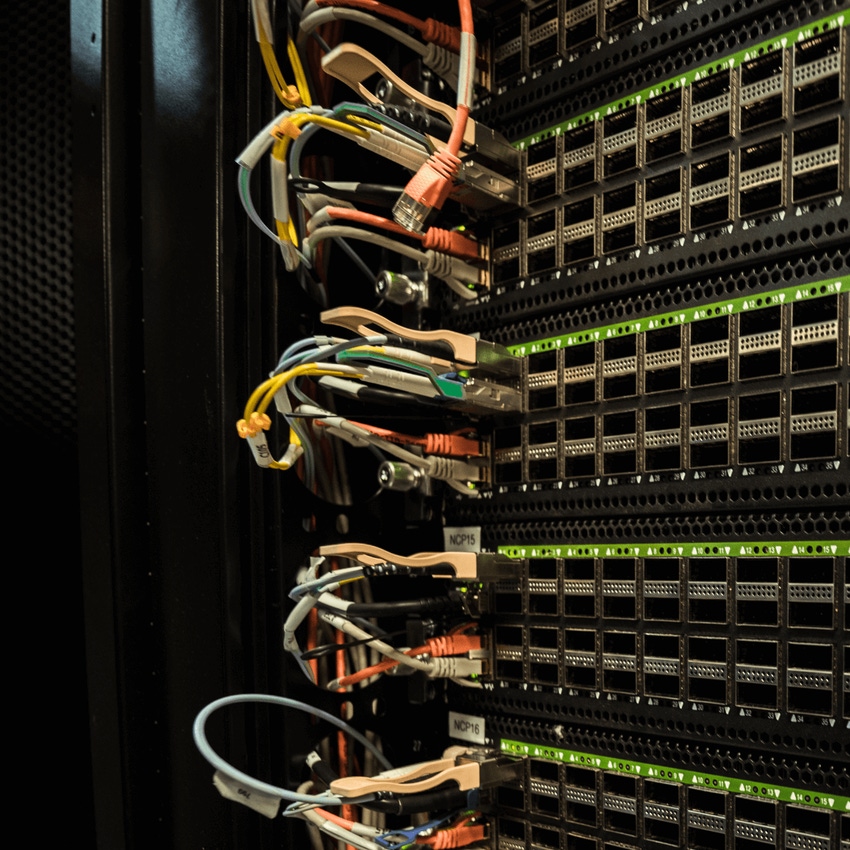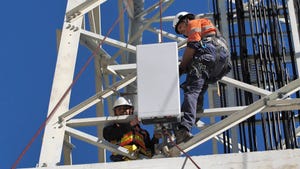White boxes and green money: DriveNets raises another $262M
The networking company building 'cloud-like' infrastructure for telcos and hyperscalers has raised a $262 million Series C funding round.

Ra'anana, Israel-based DriveNets said it has hauled in an additional $262 million in funding and has plans to keep growing. The company said this Series C round was led by D2 Investments and included funds from Bessemer Venture Partners, Pitango, D1 Capital, Atreides Management and Harel Insurance Investments & Financial Services. (See DriveNets secures $262M in Series C funding).
The funding was all cash, a sign that DriveNets is primed for quick expansion. Since the company's last funding round, in January 2021, it said it has met with nearly 100 customers and doubled bookings year-over-year.
The networking specialist builds IP network disaggregation and virtualization software and platforms for service providers and hyperscalers. Its competitors range from Juniper Networks to Arrcus, which is led by former VMware EVP Shekar Ayyar and is gaining traction with mobile operators and enterprises.
DriveNets also competes with Cisco, which it gleefully bashed in a recent online ad campaign (assuming you can parse all the tech-speak):
{videoembed|774475}
Want another one? Oh, okay. Just one:
{videoembed|774473}
In response to questions from Light Reading via email, DriveNets CEO Ido Susan wrote the DriveNets Network Cloud solution "has been the core routing solution for AT&T, supporting a substantial amount of traffic on one of the largest networks in the world, demonstrating the scale and efficiency of a fully virtualized, disaggregated network."
The AT&T example is still a notable case study. The carrier said that it was able to use DriveNets software to create "building blocks" that can be deployed in various configurations to build routers with capacity anywhere between 4 Tbit/s (using a single white box) and 768 Tbit/s (using a cluster of 192 boxes).
The benefit for carriers like AT&T is that it dramatically simplifies how they can add network capacity and gives them a way to keep costs under control as 5G, video streaming and other applications require more capacity.
That deployment happened in 2020 and the company hints that there are more big customers to follow. "In addition, DriveNets Network Cloud is in production networks and various deployment phases with several Tier 1 operators globally," Susan wrote.
Figure 1: 
(Source: DriveNets)
Now hiring
More customers means more of everything else, too. "Over the past year we have grown our overall employee base by 30% to 450 employees worldwide, significantly expanding our operations and deployment teams, our global sales and R&D," Susan wrote in response to more Light Reading questions. "We expect to reach nearly 500 employees by the end of the year." (See DriveNets adds more execs).
Of course, investors wouldn't put up such a large sum if the total addressable market were stagnating or even staying the same size. More networking use cases are around the corner as hyperscalers and service providers can do more complex routing and switching tasks without buying bespoke gear from incumbent vendors.
In our email chat, Susan referred broadly to the company developing new products to "address different types of network services and complement our current solutions."
Want to know more? Sign up to get our dedicated newsletters direct to your inbox.
Another important market change that helped unlock the investment is how telecommunications service providers use virtualized and disaggregated network infrastructure. At first, such solutions were sought to save money for basic tasks. Now, faster white boxes and improved software help telcos dream a little bigger.
"Our initial solution focused on cost-cutting and improving the network's TCO [total cost of ownership]," Susan wrote.
"In the past couple of years, we've expanded our solution to allow our customers to expand their service offering to new services and accelerate service innovation. We are seeing a growing interest in that part of our solution and will use this last round of investment to expand these offerings."
Related stories and links:
DriveNets support new Broadcom ASICs (press release)
— Phil Harvey, Editor-in-Chief, Light Reading
About the Author(s)
You May Also Like












